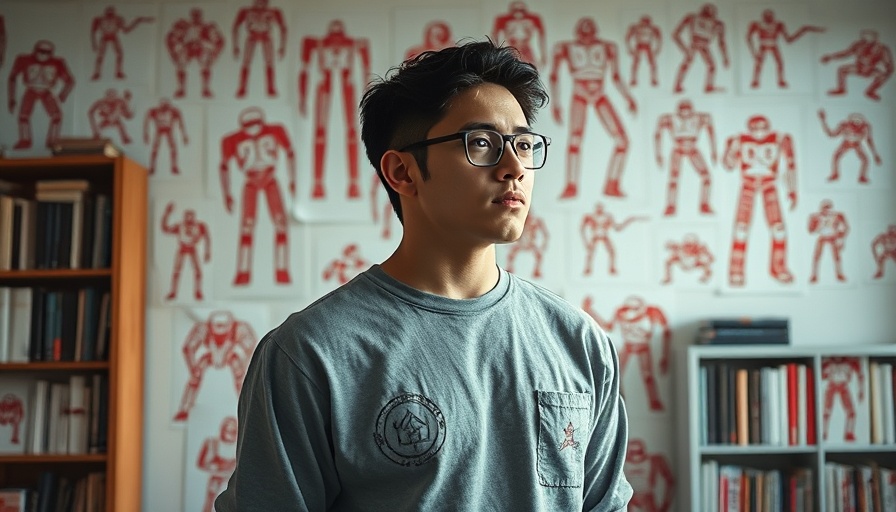
The Future of Creativity: Paul Pope’s Warnings
In a world rapidly evolving with artificial intelligence (AI) and robotics, cartoonist Paul Pope is at the forefront of a dialogue that extends beyond the realm of art into critical societal concerns. With his extensive portfolio that includes significant works like Batman: Year 100 and Battling Boy, Pope is not just an artist but a visionary commentator on the implications of new technologies. Recently, during an interview, he highlighted that while many artists fret over AI's potential to plagiarize their work, he finds greater concern in the threat posed by AI-driven advancements in robotics. "I’m less concerned about having some random person create some image based on one of my drawings, than I am about killer robots and surveillance and drones,” he asserted.
A Reinvigorated Career Amid Societal Changes
Pope's return to the spotlight comes with an expanded release of his art book PulpHope2: The Art of Paul Pope and a career-spanning exhibition. However, the excitement around his work is contrasted by the fears that new technology could disrupt not only the arts but the fabric of society. As generative AI tools proliferate, mimicking artistic styles and raising copyright issues, Pope’s perspective sheds light on the broader existential threats posed by technology in our lives.
The Role of AI in Art: A Double-Edged Sword
Many creators are grappling with how AI tools can affect their work, often viewing these technologies as a hindrance. However, Pope approaches AI with an open mind, acknowledging its utility in research. He admits, “It’s completely conceivable that comic book artists could soon be replaced by AI,” illustrating the duality of technological progress—where benefits and risks coexist. As the industry navigates through lawsuits and debates over AI usage, artists like Pope signify an important voice urging society to think critically about these tools and their potential ramifications.
Understanding the Technological Landscape
The concerns Pope raises invite a broader reflection on how fast-tracked technological advancements are reshaping our realities. With 'next-gen technology' like robotics coming onto the scene, the previous boundaries of artistic pursuit are being tested. As stakeholders in various industries—like healthcare, where AI integration has revolutionized diagnostics—artistic integrity faces similar disruptions. Emerging trends in technology point to a world where AI may not just assist in creation but potentially overshadow the human touch.
Connecting the Dots: Technology and Humanity
As we look into the future of AI and robotics, dialogues led by creatives like Paul Pope challenge us to rethink not only our reliance on technology but also its implications on our creative and moral landscapes. The future of robotics and AI presents opportunities, yet it warns of the unforeseen consequences that may emerge if we do not tread carefully. Striking the right balance between innovation and ethical considerations becomes paramount as we navigate these uncharted waters.
Concluding Thoughts: A Call for Awareness
While the world keenly observes the evolution of technology, it's critical to engage in conversations about its ethical implications. Pope’s discourse serves as a reminder that creativity and technology are intertwined in a complex tapestry that requires conscious navigation. Staying aware and informed about these shifts not only empowers individuals but also helps to shape the future of creative expression in harmony with technological advancements.
 Add Row
Add Row  Add
Add 




 Add Row
Add Row  Add
Add 



Write A Comment